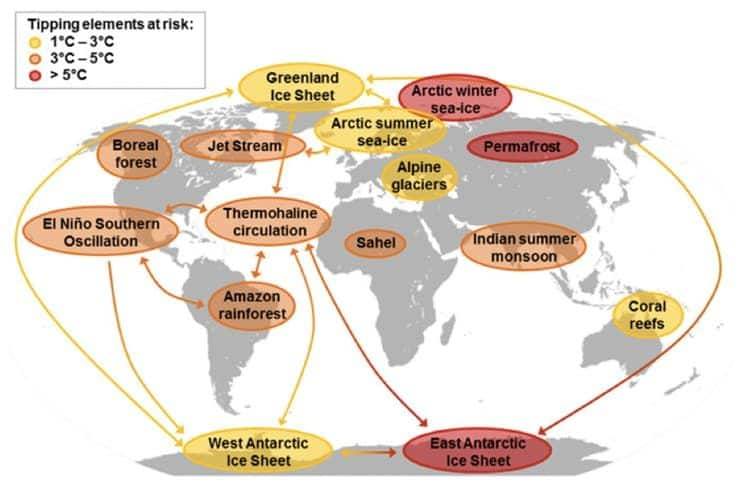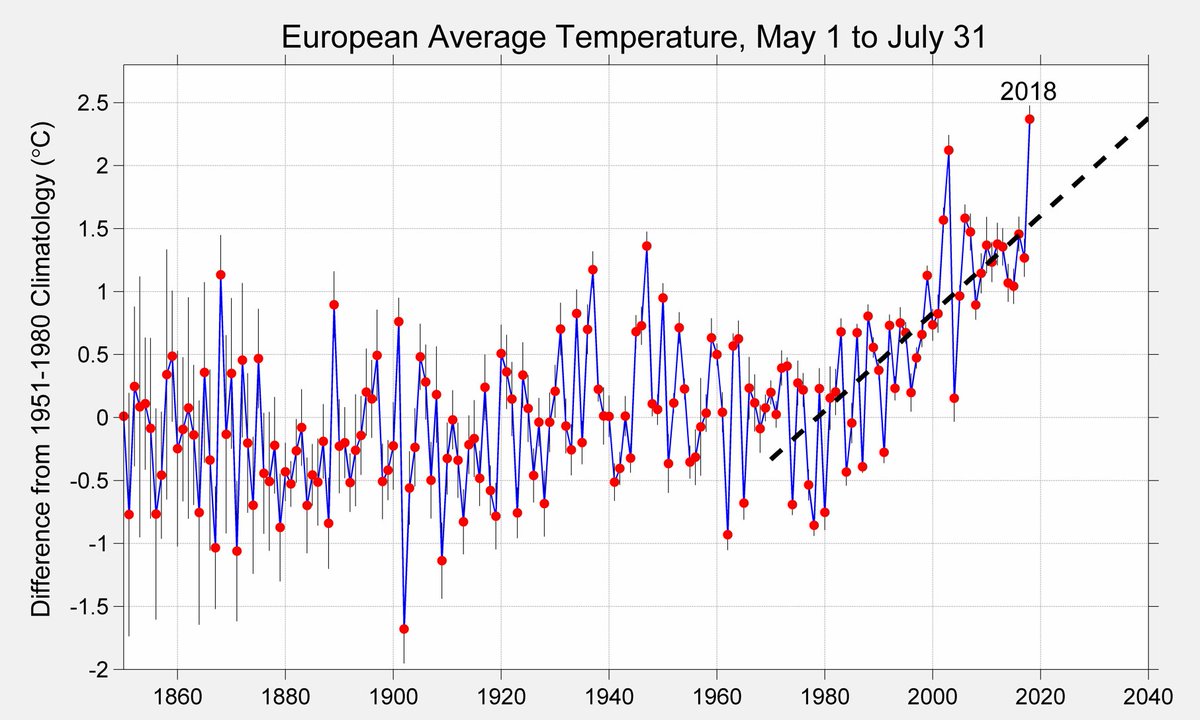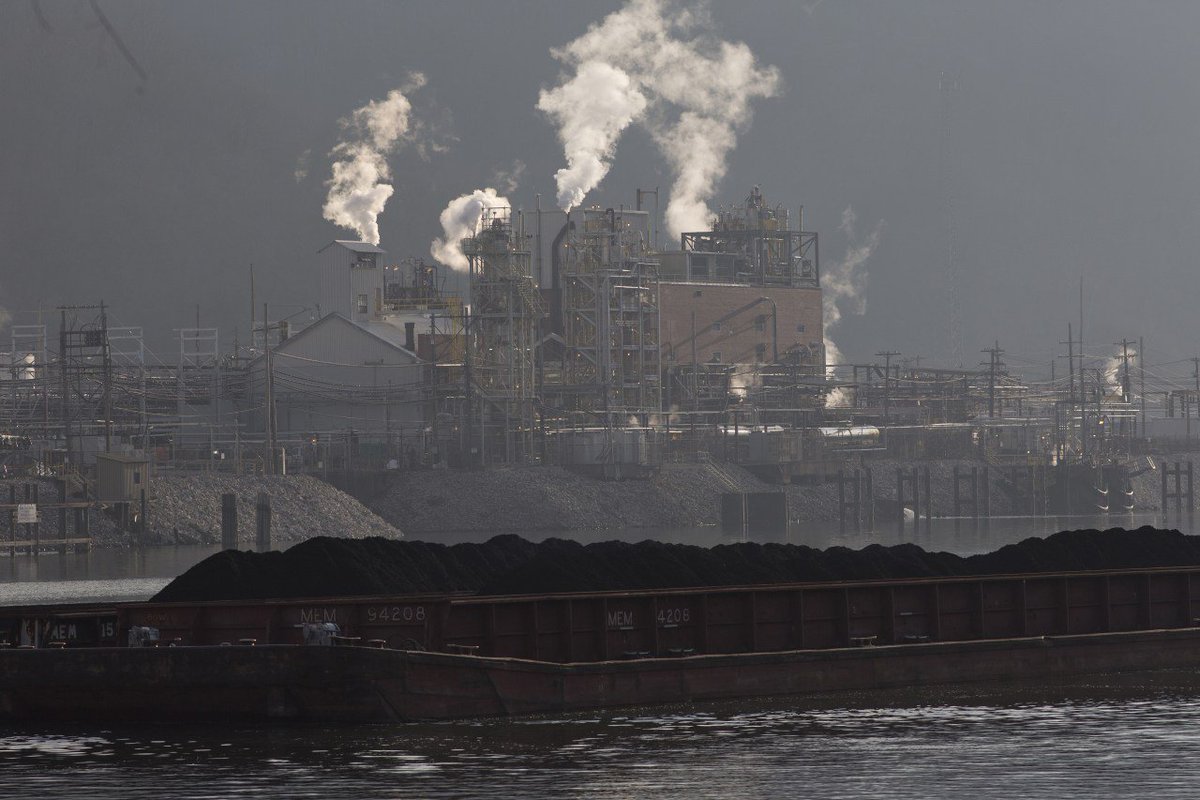Friday August 17th… Dear Diary. The main purpose of this ongoing post will be to track United States extreme or record temperatures related to climate change. Any reports I see of ETs will be listed below the main topic of the day. I’ll refer to extreme or record temperatures as ETs (not extraterrestrials)😊. Here is today’s main climate change related topic:
The Sahel
Perhaps the one zone to watch across the planet for early signs of true climate change is the Sahel in Africa. The Sahel is a semiarid belt extending from western and north-central Africa extending from Senegal eastward to the Sudan, forming a transitional zone between the arid Sahara Desert to the north and a belt oh humid savannas to the South. As the planet heats due to carbon pollution the Sahara is getting hotter and drier, encroaching upon the Sahel from the north. We have also learned that a hotter atmosphere holds more moisture and releases heavier downpours. Some climate models suggest that savannas to the south will be moving north also encroaching on the Sahel making the region more tropical, which would not necessarily be a bad thing. What is some of the latest science concerning the Sahel tipping point?
For reference here is that global tipping point chart by Dr. Steffen indicating roughly at what global average temperature above preindustrial conditions cooling factors helping to regulate the climate become warming, thus spiking surface temperatures higher even if CO2 pollution ceased:

Global map by Will Steffen of potential tipping cascades. The individual tipping elements are color- coded according to estimated thresholds in global average surface temperature (tipping points) (12, 34). Arrows show the potential interactions among the tipping elements based on expert elicitation that could generate cascades. Note that, although the risk for tipping (loss of) the East Antarctic Ice Sheet is proposed at >5 °C, some marine-based sectors in East Antarctica may be vulnerable at lower temperatures.) From: http://www.pnas.org/content/early/2018/08/07/1810141115#ref-12
On Steffen’s chart the Sahel becomes a net heat producer rather than a cooling factor for the planet once global averages get to between +3 to +5 above preindustrial conditions. Obviously if the Sahara expands great chunks of the Sahel, which breaths in carbon due to its flora, will be gone. Increasing drought in the northern Sahel is expanding the Sahara southward across countries such as Sudan, which are quite poor and can ill afford to deal with the climate crisis. I wrote about “The Great African Green Wall” earlier this year letting all know that despite poverty many people across the Sahel know what is at stake, putting up a good fight against the invading Sahara:
Here are some excerpts:
I saw this graphic indicating that some areas of the planet are trying their hand at mitigation to thwart the worst effects of climate change:
 Assaad RazzoukVerified account @AssaadRazzouk
Assaad RazzoukVerified account @AssaadRazzouk
– $8bn project
– Planting wall of trees 7,600 km long and 15 km wide across 20 countries
– Fights desertification by restoring 100m hectares of degraded land
– Massive job creation

And different temperatures in different marine regions also explain why there has been more rain again in the Sahel since the 1990s. “The different marine regions ‘fight it out’, so to speak,” explains Jürgen Bader. “If the temperatures of the tropical sea surfaces rise, the precipitation in the Sahel falls. As opposed to this, rising sea surface temperatures outside the tropics result in more rainfall in the Sahel.” As Jong-yeon Park and his supervisors, Daniela Matei and Jürgen Bader, discovered through model calculations carried out for his doctoral thesis, the West African monsoon was more intensive in the past 20 years than in the two preceding decades because the water in the Mediterranean was warmer than that in the tropical marine regions. Thus, the difference in temperature between these marine regions will be a crucial factor in future rainfall development in the Sahel.
Read more at: https://phys.org/news/2016-07-warmer-mediterranean-sahel-green.html#jCp
Global Warming may very well expand the Sahel northward due to increased precipitation around the periphery of the Sahara because of added atmospheric moisture, but our best science indicates otherwise. Perhaps these factors will be a wash, and the Sahel will not be affected severely despite planetary warming. The large, ongoing planting project in the Sahel designed to fight desertification should continue as a precaution, with a side benefit of naturally taking some carbon out of the air.
Today I have added a link to this article saying that perhaps climate change will be a good thing for the Sahel:
https://www.dw.com/en/will-climate-change-turn-the-sahel-green/a-39724061
From this article:
Will climate change turn the Sahel green?
“Climate change can be a good thing. At least for the arid Sahel region in Africa, where rainfall has been increasing as the world warms up. But to avoid dire negative consequences, precautions must be taken now.”

(As usual, this will be a fluid post in which more information gets added during the day as it crosses my radar, crediting all who have put it on-line.)
Here is some of today’s climate related news:
Yikes! This corresponds to the lower 48 states also having its warmest May-July period on record.
This was a heat wave on top of long-term warming.
However, if the recent rate of warming continues, then by 2040 a typical summer in Europe might be just as warm as 2018 has been.

 Bernadette Woods P. @BernadetteWoods
Bernadette Woods P. @BernadetteWoods
 Robert Fanney @robertscribbler
Robert Fanney @robertscribbler
Shocking
“#California alone lost four gigatons of water from 2007 to 2015″
“The amount of toxic wastewater produced by #fracking is just unbelievable”
https://www.motherjones.com/environment/2018/08/the-amount-of-toxic-wastewater-produced-by-fracking-is-unbelievable/ …
@MotherJones
#EnergyTransition
#ClimateChangeIsReal
#Renewables #USA #UKgov
https://www.sciencedirect.com/science/article/pii/S2214629616302419 …
 Climate ProgressVerified account @climateprogress
Climate ProgressVerified account @climateprogress

 Climate NexusVerified account @ClimateNexus
Climate NexusVerified account @ClimateNexus

(If you like these posts and my work please contribute via the PayPal widget, which has recently been added to this site. Thanks in advance for any support.)
The Climate Guy


